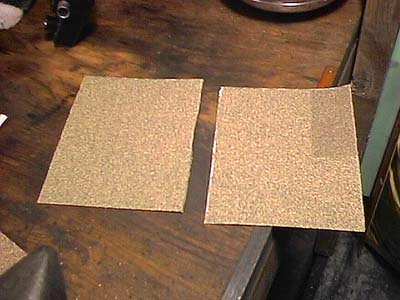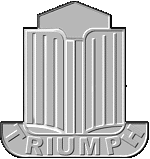
Tips Tips and Tricks
My Spit Log Book
Tips
Projects
Links
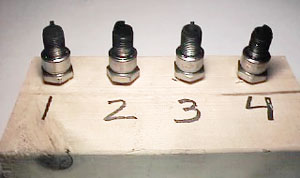
Clearning tail light / turn signal lenses: While you can clean your tail light lenses with soap and water, it is actually quite easy to clean them very effectively in your dishwasher in the upper rack. Then you can use an old toothbrush to spot clean any stubborn spots afterwards.
Tuning SU Carburators: While my carbs are by no means tuned up yet, several good suggestions from the Spitfire mailing list have come up to give some basic advice where to start.
1) Loosen the throttle linkage that keeps both carbs synched with each other.
2) Screw in the jets on the bottom of the carb until they bottom out or are flush with the top of the bridge in the throat of the carb air intakes. Then back them off THREE complete turns. This will put you in the ballpark. You may need to fine tune the carbs later, but you will want to do this with the throttle linkage joined.
3) Using a piece of 1/4" tubing placed at the throat of a carb, listen to the sound of the intake of air while the engine is running and adjust the throttle screws on each carb until the sound is equal on both carbs. Now tighten the linkage for the carbs. They are not working in tandem. You will need to adjust the final air/fuel mixture still with the lower jets, but you are close to where you need to be.
Custom Cut Sandpaper: When working with a powered sander (air or electric) you may find yourself buying special cut sandpaper to fit the unit. This can be expensive for the convenience. I use a palm sander myself a lot and got tired of paying extra for custom cut paper. I found out that standard sheets of sandpaper can be easily cut to size to fit the palm sander. In fact, four sheets can be made from a single standard size sheet. Cutting sandpaper with scissors will quickly ruin your scissors and your wife may notice them missing from the sewing basket. An easier way to cut sandpaper is to mount a spare hacksaw blade (used or new) on the edge of a workbench or post.
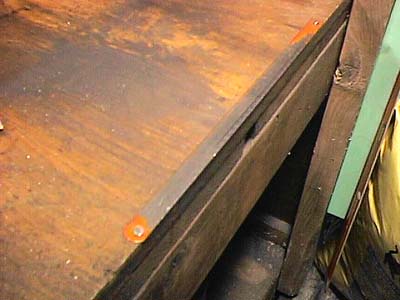
I mounted mine on a far edge of my workbench where I didn't work with it much. A couple of brads keep it in place. Cutting paper is easy, just fold your paper to precrease the lines you want and then the crease over the edge and tear the paper apart on the hacksaw blade.
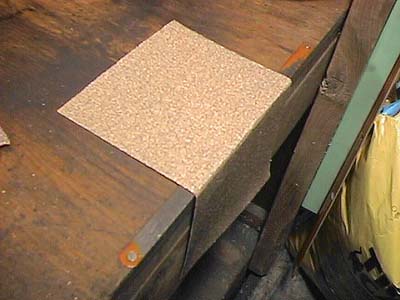
A smooth tearing from one end to another will result in two clean sheets.
